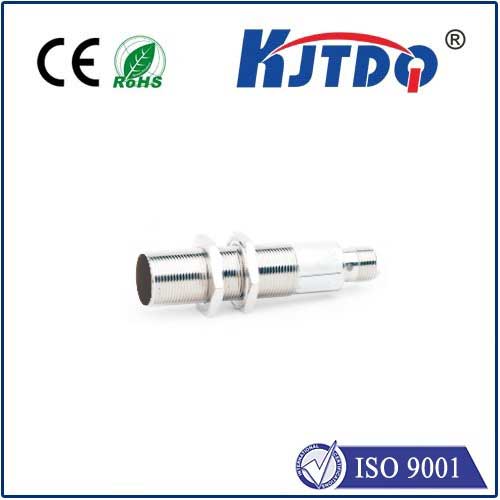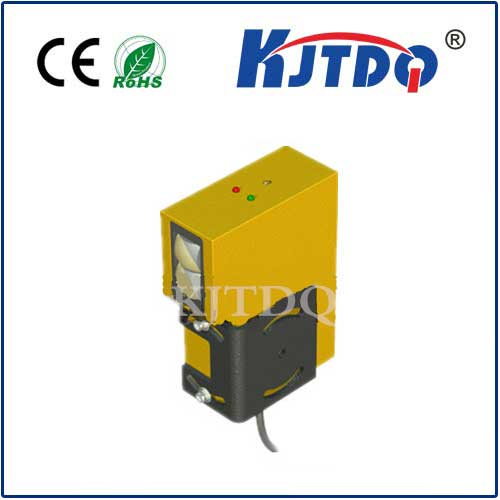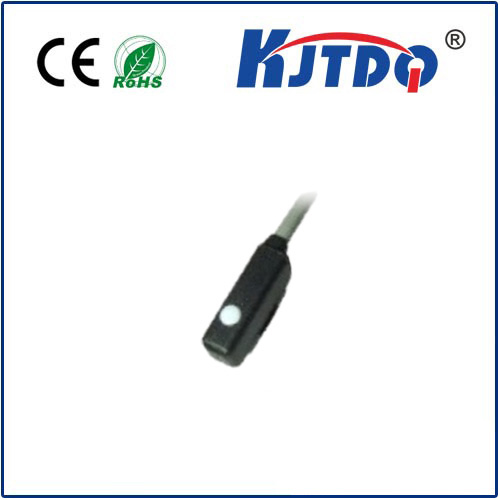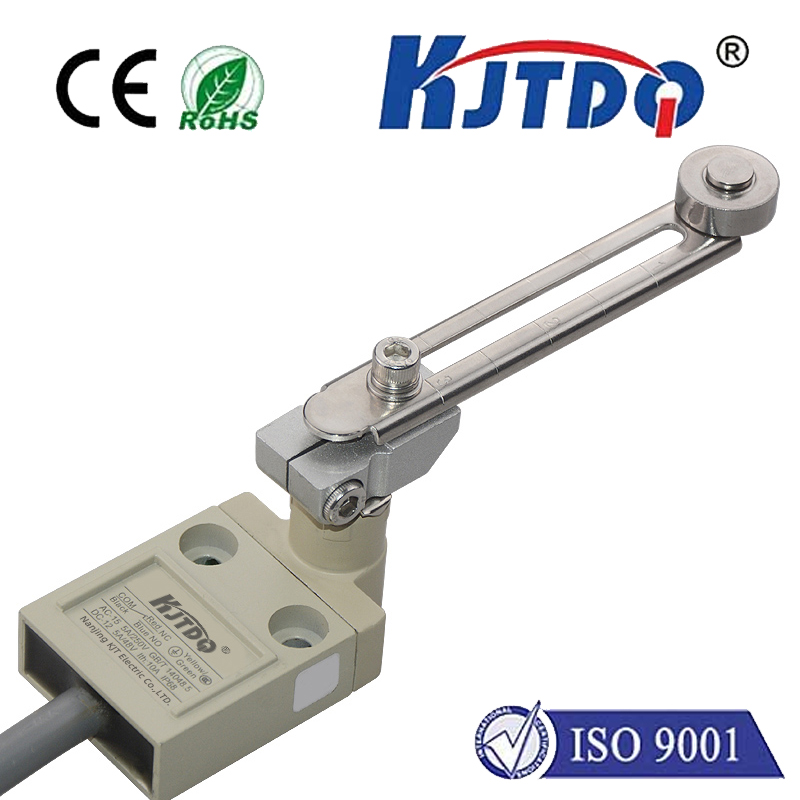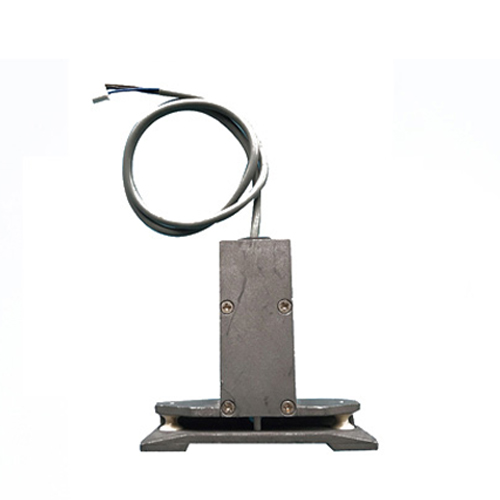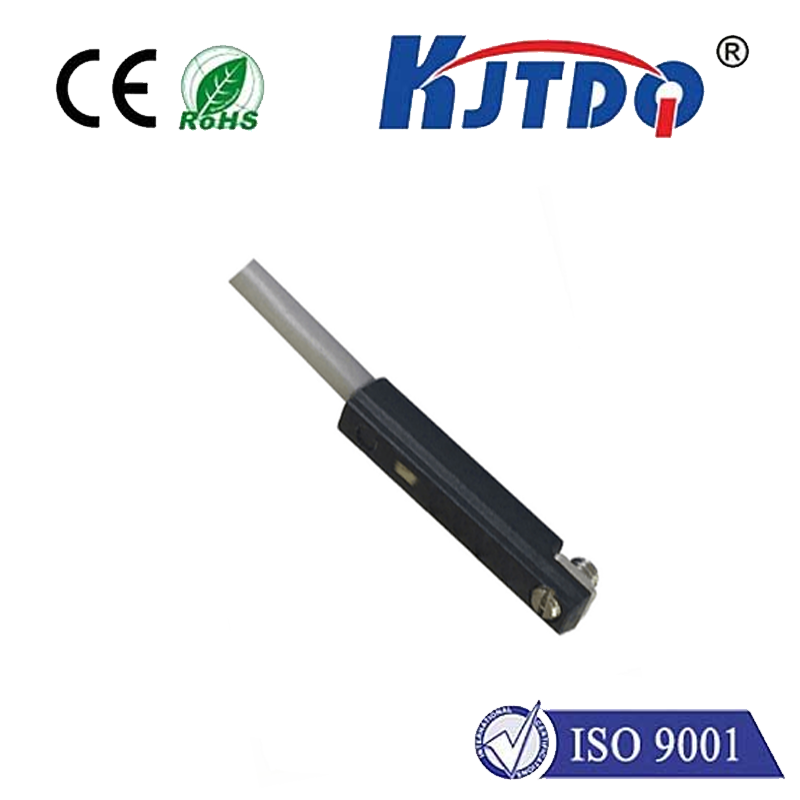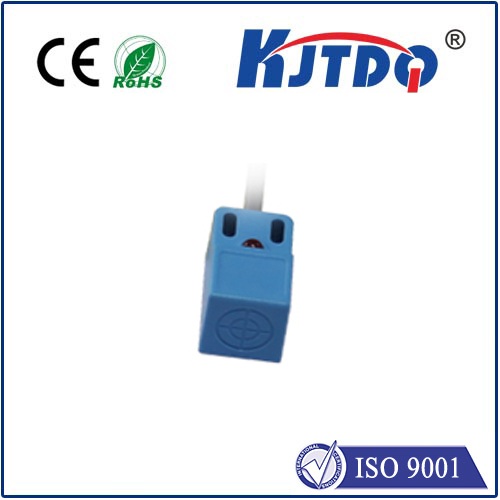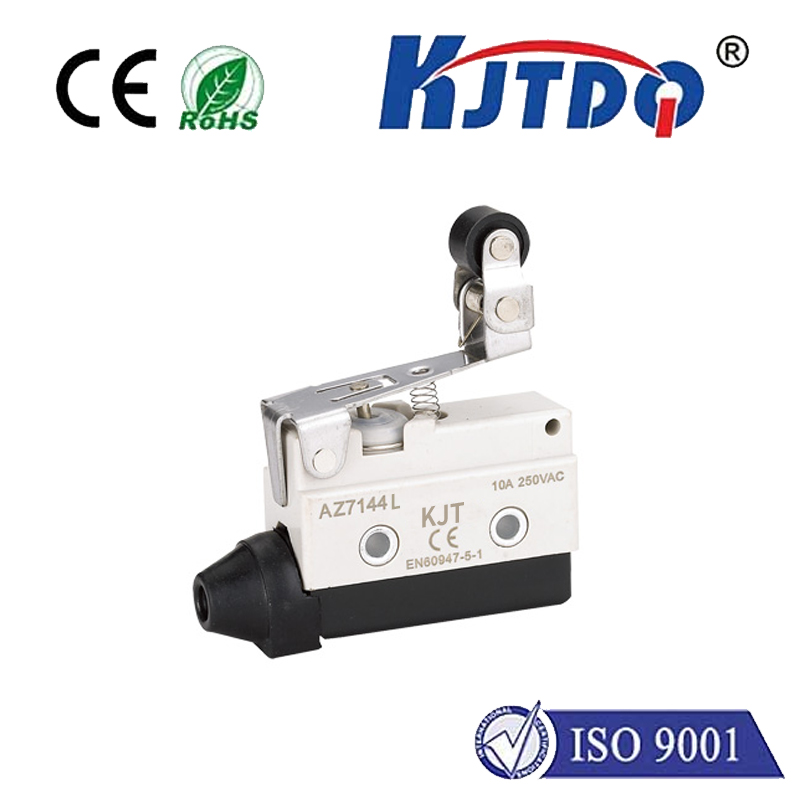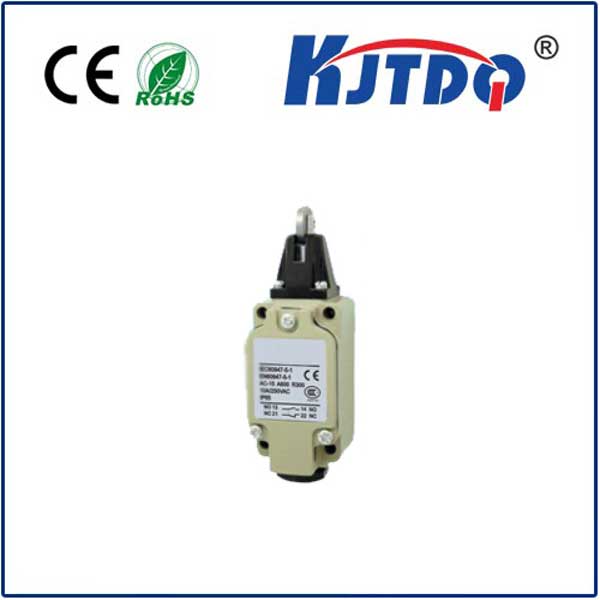
Проверка

Проверка

Проверка

Проверка

Проверка

Проверка
Imagine walking through a bustling factory floor: machines hum, robotic arms whirl, and sensors silently ensure everything runs smoothly. Among these unsung heroes, proximity sensors play a critical role in detecting objects without physical contact, boosting efficiency and safety. But have you ever noticed some sensors sit perfectly flush with their mounting surface, while others protrude slightly? This subtle design difference—flush versus non-flush—holds the key to optimizing performance in diverse settings. In this guide, we’ll delve into the world of proximity sensors, uncovering the nuances between flush and non-flush types. By understanding their distinct mechanisms, benefits, and ideal applications, you’ll be better equipped to select the right sensor for your needs, whether in industrial automation, automotive systems, or consumer electronics.
Proximity sensors, at their core, are electronic devices that detect the presence, absence, or distance of nearby objects using electromagnetic fields, infrared light, or ultrasonic waves. They revolutionized automation by enabling touchless operation in machinery, reducing wear and tear while enhancing precision. Now, focusing on the flush and non-flush variants, the primary difference lies in their mounting style and resulting detection characteristics. Flush proximity sensors are designed to be installed with their sensing face flush against the mounting surface, creating a seamless profile. This allows them to blend into smooth panels or walls without protruding, making them ideal for environments with space constraints or potential physical obstructions. In contrast, non-flush proximity sensors extend outward from their mounting point, providing a more robust detection range but requiring careful placement to avoid damage.

The working principles of these sensors stem from their inductive or capacitive technologies. Flush proximity sensors typically employ a shielded design that contains the electromagnetic field close to the face. This shielding minimizes interference from surrounding metal surfaces, ensuring accurate detection only when an object enters the immediate zone. For instance, in an application like packaging lines, a flush sensor detects items passing by without false triggers from nearby machinery. The key benefit here is enhanced immunity to lateral interference, which translates to reliable performance in tightly packed installations. On the other hand, non-flush proximity sensors feature an unshielded or exposed sensing head, allowing the field to extend further outward. This setup grants them a longer detection range—often up to double that of flush models—enabling them to sense objects from greater distances. However, this advantage can be a double-edged sword; the exposed design makes them susceptible to interference from adjacent materials, requiring precise calibration.
When evaluating the pros and cons, flush proximity sensors shine in scenarios demanding a low-profile, tamper-resistant solution. Their flush-mount capability offers superior protection against accidental impacts or environmental debris, such as dust or liquids in harsh industrial settings. This makes them a go-to choice for washdown environments in food processing or automotive assembly lines where sensors must withstand splashes. Additionally, their reduced risk of false reads leads to lower maintenance and downtime. Yet, one drawback is their limited sensing range; they typically detect objects only when directly in front, making them less versatile for applications needing wider coverage. Conversely, non-flush proximity sensors excel where extended reach is crucial. For example, in automated warehouses, a non-flush sensor can detect pallets from a distance, streamlining flow without close-range alignment. The unshielded nature provides flexibility and cost efficiency for broader scanning tasks, but it increases vulnerability to knocks or misalignments, potentially requiring frequent adjustments.
Real-world applications illustrate how these differences play out. In the automotive industry, flush proximity sensors are often integrated into vehicle doors for touchless opening and closing, ensuring seamless aesthetics and durability against weather. Meanwhile, non-flush variants find a home in conveyor belt systems, monitoring item positions from afar to optimize sorting speeds. Industrial robotics frequently use a mix: flush sensors for end-of-arm tooling to prevent collisions, coupled with non-flush for long-range obstacle detection. Choosing the right type depends on key factors like the operating environment and required detection distance. For high-risk zones with physical hazards, flush sensors are the safer bet, while non-flush models suit open spaces demanding flexibility. Always consult your sensor’s specifications for voltage ratings and temperature tolerance to avoid compatibility issues. Ultimately, weighing these aspects ensures seamless integration and peak efficiency.
